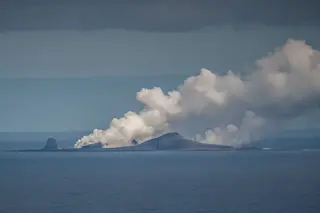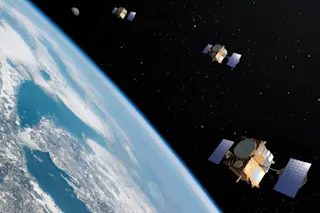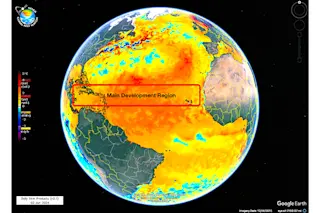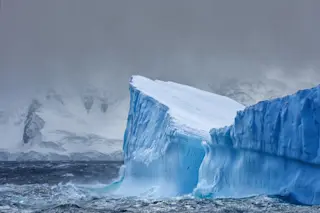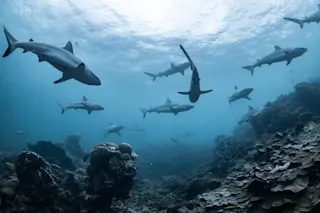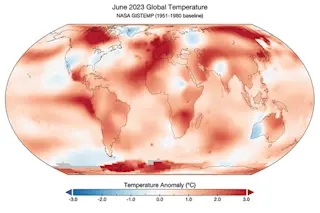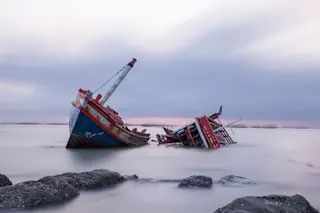(Inside Science) — As a geophysicist at the Alaska Volcano Observatory, John Lyons spends much of his days trying to decipher the music of volcanic eruptions. Sensitive microphones scattered across the Aleutian Arc — a chain of over 80 volcanoes that sweeps westward from the Alaskan peninsula — eavesdrop on every explosion, tremor and burp.
In 2017, the partially submerged volcano Bogoslof erupted, sending clouds of ash and water vapor as high as 7 miles above sea level and significantly disrupting air traffic in the area. Throughout the nine months that the volcano remained active, the observatory’s microphones picked up a strange, low-and-slow melody that repeated over 250 times.
“Instead of happening very fast and with high frequencies, which is typical for explosive eruptions, these signals were really low frequency, and some of them had periods up to 10 seconds,” said Lyons.
The source of the odd sounds remained a ...


